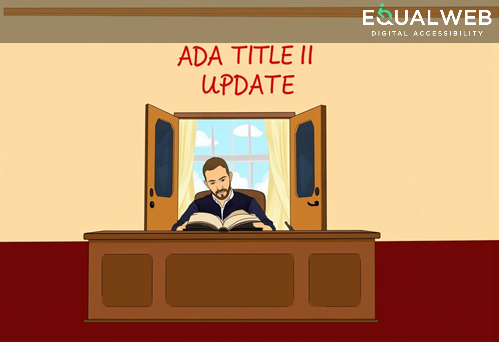Why Convert PDFs to Accessible Formats?
PDFs are everywhere in our digital lives—from business reports to eBooks—but when they aren’t accessible, they become barriers rather than tools. Converting these files to accessible formats is essential for providing equal access to all users, including those who rely on assistive technologies.
Making
accessible PDFs isn’t just the right thing to do—it’s also a smart move for businesses. ADA and WCAG standards require digital content to be accessible, and failure to comply can lead to lawsuits or damage to your reputation. Converting your PDFs ensures that your content is inclusive and opens the door to a wider audience.
Preparing Inaccessible PDFs for Conversion
The first step in converting inaccessible PDFs is preparation. Diving in without organizing your content can lead to a frustrating and inefficient process. Taking the time to evaluate and adjust the structure of your PDF before conversion sets the foundation for success.
Organize the content logically, ensuring that headings, paragraphs, and lists follow a clear and intuitive order. Tools like Adobe Acrobat’s Reading Order feature can help you define the sequence in which assistive technologies interpret your document. Pay attention to elements like images and charts—these need alt text or detailed descriptions to ensure their information is accessible.
Additionally, simplify any overly complex layouts. Remove unnecessary design elements or merge fragmented text to streamline the document’s structure. Clean, well-organized content makes the conversion process smoother and the end result more effective.
Tools and Techniques for Converting PDFs
Once your document is prepared, it’s time to use the right tools and techniques to make it accessible. Tools like Adobe Acrobat Pro provide robust features for tagging elements, setting a logical reading order, and adding alt text. Specialized software like CommonLook PDF Validator is ideal for handling complex documents, while converting to Word first can simplify the process for less intricate files.
When it comes to techniques, remember that accurate tagging is the foundation of an accessible PDF. Use tags like "H1" for headings, "P" for paragraphs, and "li" for bullet points to guide assistive technologies. For non-text elements, write concise but meaningful alt text that conveys their purpose. Keyboard navigation is another critical consideration—test to ensure users can interact with the document using only a keyboard.
Testing and Verifying Accessibility
Testing is a crucial step in the accessibility process. Even if you’ve carefully prepared and converted your PDF, it’s important to verify that it meets accessibility standards before sharing it.
Start by using screen readers like JAWS or NVDA to simulate how visually impaired users experience your document. This helps confirm that the reading order is logical and all essential elements are accessible. Run accessibility checkers, such as Adobe Acrobat’s built-in tool or PAC 3, to catch any technical issues.
Real-world testing is invaluable, too. Navigate the document using only a keyboard to identify any barriers for users who can’t rely on a mouse. If possible, involve individuals with disabilities in the testing process. Their feedback provides insights that automated tools might miss.
Conclusion
Converting inaccessible PDFs to accessible formats is more than just a compliance requirement—it’s a step toward building an inclusive digital world. By organizing your content, using the right tools, and rigorously testing your documents, you ensure that your materials can be accessed and enjoyed by everyone.
Accessibility is an investment in your users and your business. Start making your PDFs fully accessible today to create content that serves the needs of all audiences.




